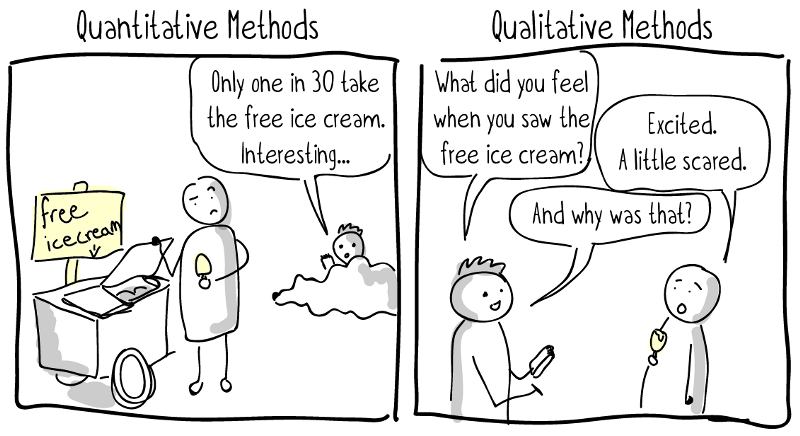Improve Your Customer Reach Through Target Market Research
 When it comes to finding the most interested buyers for your products and services you will need to remove as much guesswork as possible.
When it comes to finding the most interested buyers for your products and services you will need to remove as much guesswork as possible.
This is where careful market research comes into play and is an essential element to building a solid brand online.
According to the Entrepreneur.com definition, target market research can consist of several factors:
- Are you targeting men or women?
- What are the ages of your customers?
- The geographical location
- Career and income status
- What matters to them the most?
Research will give you a picture of who your target market so that you can create and grow a business that meets their needs. The goal should be to attract and connect with your prospects by thoroughly understanding what is best suited for them. This takes hard data to learn more about your audience.
Begin with Data
If you want to gain an accurate picture of who your audience is then you will need to use both quantitative and qualitative data.
Quantitative research looks at a large group of people and the current trends in your industry. This is typically done with surveys that reveal the big picture of your niche.
Qualitative research goes beyond the quantitative methods by analyzing words, images, impressions and feelings by studying the interactions of your community. Common methods can include focus groups, interviews, and role playing.
In order to create a more complete profile of your potential customer your business will also want to use psychographic data, which includes things like how people see themselves, how they use your products, their greatest fears, ect. This will entail listing the most important traits — much like a character profile for a story.
There are several places where your business can go to in order to formulate this list:
- Social Media – On networks like Facebook, Twitter, and Instagram, your audience will tell you exactly what they like. You learn the most as you listen and pay attention to what they are saying.
- Blog Questions – By simply asking questions you can learn a lot about your readers. For example ask them, ‘What do you think about this?’ People love to share their opinions!
- Tap Into Your Subscribers – Your email list is a wonderful resource for your questions. This is a built-in audience that’s interested in your products or services who can be analyzed based on their feedback and the actions that they take on your website.
- Forums and Q&A Sites – Places like Quora and Yahoo Answers have already paved the way for you to find out what questions your audience is asking. Additionally social media groups can also be helpful in finding out what your customers are looking for and why.
- Offline Market Research – Sometimes your business can go more in-depth with offline research. Focus groups, for example, give you personal interaction that you don’t always get online. Participants are more engaged in the sessions and they’re likely to tell you more.
Offer a Solution to the Problem
Once you are able to identify your market‘s problem you can then offer a solution in a way they can relate to. For example, tell your target market of retirees that at your resort, they don’t have to fight the crowds.
As part of your research strategy you can create a ‘tribe’ based around common interests — this is especially important on social networks and on your blog.
Remember that marketing is a science and that you need to look for objective data. In time your audience will reveal what they like, what they think, and what they want from you. When you put in the time to conduct careful research before launching your strategy there will be less time spent on uninterested prospects and better use of your lead generating budget.
Finally, here’s a fun personal exercise that you can use to get started:
Create your ideal client avatar — you can even name them. Spend some time getting to know this person. It doesn’t matter if he/she is real or in your fiction; either way it’s good visual to use.
Write out a detailed description of that person — every time you sit down to write copy, visualize this ideal client.
This can really help you “see” your prospects as you write your blog posts and publish to social media — think of this as talking to this person as if they were your perfect customer.



0 Comments
Trackbacks/Pingbacks